Three-Dimensional Printed Lightweight Composite Foams
- PMID: 32923813
- PMCID: PMC7482239
- DOI: 10.1021/acsomega.0c03174
Three-Dimensional Printed Lightweight Composite Foams
Abstract
The goal of this paper is to enable three-dimensional (3D) printed lightweight composite foams by blending hollow glass microballoons (GMBs) with high density polyethylene (HDPE). To that end, lightweight feedstock for printing syntactic foam composites is developed. The blend for this is prepared by varying the GMB content (20, 40, and 60 volume %) in HDPE for filament extrusion, which is subsequently used for 3D printing. The rheological properties and the melt flow index (MFI) of blends are investigated for identifying suitable printing parameters. It is observed that the storage and loss modulus, as well as complex viscosity, increase with increasing GMB content, whereas MFI decreases. Further, the coefficient of thermal expansion of HDPE and foam filaments decreases with increasing GMB content, thereby lowering the thermal stresses in prints, which promotes the reduction in warpage. The mechanical properties of filaments are determined by subjecting them to tensile tests, whereas 3D printed samples are tested under tensile and flexure tests. The tensile modulus of the filament increases with increasing GMB content (8-47%) as compared to HDPE and exhibit comparable filament strength. 3D printed foams show a higher specific tensile and flexural modulus as compared to neat HDPE, making them suitable candidate materials for weight-sensitive applications. HDPE having 60% by volume GMB exhibited the highest modulus and is 48.02% higher than the printed HDPE. Finally, the property map reveals a higher modulus and comparable strength against injection- and compression-molded foams. Printed foam registered 1.8 times higher modulus than the molded samples. Hence, 3D printed foams have the potential for replacing components processed through conventional manufacturing processes that have limitations on geometrically complex designs, lead time, and associated costs.
Copyright © 2020 American Chemical Society.
Conflict of interest statement
The authors declare no competing financial interest.
Figures





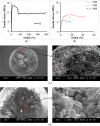
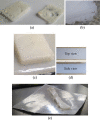
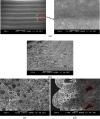



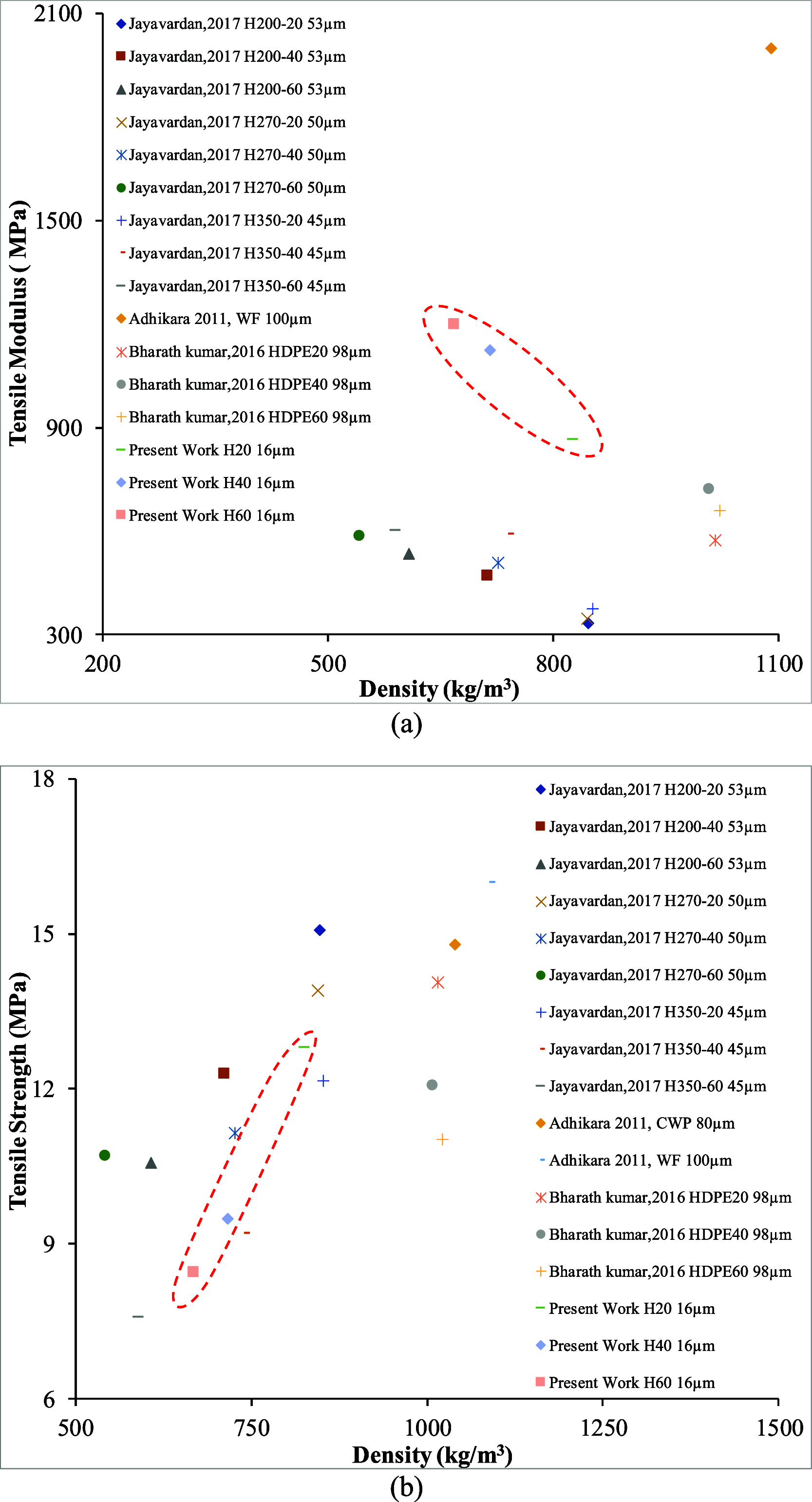
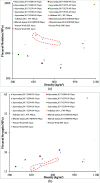

References
-
- Bharath Kumar B. R.; Doddamani M.; Zeltmann S. E.; Gupta N.; Ramesh M. R.; Ramakrishna S. Processing of cenosphere/HDPE syntactic foams using an industrial scale polymer injection molding machine. Mater. Des. 2016, 92, 414–423. 10.1016/j.matdes.2015.12.052. - DOI
-
- Jayavardhan M. L.; Bharath Kumar B. R.; Doddamani M.; Singh A. K.; Zeltmann S. E.; Gupta N. Development of glass microballoon/HDPE syntactic foams by compression molding. Composites, Part B 2017, 130, 119–131. 10.1016/j.compositesb.2017.07.037. - DOI
-
- Singh A. K.; Patil B.; Hoffmann N.; Saltonstall B.; Doddamani M.; Gupta N. Additive Manufacturing of Syntactic Foams: Part 1: Development, Properties, and Recycling Potential of Filaments. J. Miner. Met. Mater. Soc. 2018, 70, 303–309. 10.1007/s11837-017-2734-7. - DOI
-
- Lee J.-Y.; An J.; Chua C. K. Fundamentals and applications of 3D printing for novel materials. Appl. Mater. Today 2017, 7, 120–133. 10.1016/j.apmt.2017.02.004. - DOI
-
- Oztan C.; Ballikaya S.; Ozgun U.; Karkkainen R.; Celik E. Additive manufacturing of thermoelectric materials via fused filament fabrication. Appl. Mater. Today 2019, 15, 77–82. 10.1016/j.apmt.2019.01.001. - DOI
LinkOut - more resources
Full Text Sources

